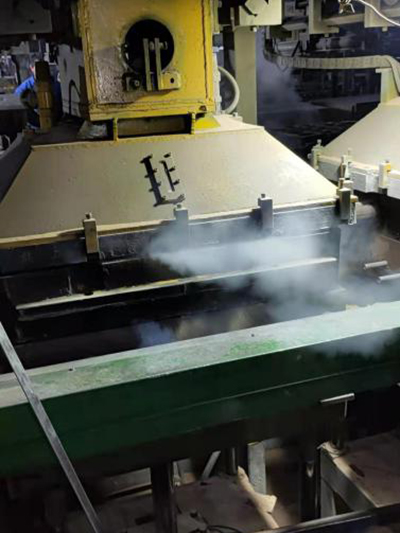The Art and Science of Sanding 3D Printed Parts
The advent of 3D printing technology has revolutionized the way we design and manufacture objects, allowing for incredible customization and rapid prototyping. However, despite its many advantages, 3D printing often comes with its own set of challenges regarding surface finish, structural integrity, and overall aesthetic appeal. One of the most effective post-processing techniques to enhance the quality of 3D printed parts is sanding, a method that involves smoothing the surface of printed objects to achieve a polished and refined look.
Understanding 3D Printing Textures
3D printing technologies, such as Fused Deposition Modeling (FDM), Selective Laser Sintering (SLS), and Stereolithography (SLA), all have their unique advantages but often result in different surface textures. FDM, for instance, produces layers as the nozzle deposits filament, which can create visible lines and rough surfaces. Meanwhile, SLA can yield smoother finishes due to its precise layer cure process. However, both methods can benefit greatly from sanding.
The initial texture of a 3D printed object depends on various factors, including the printer's resolution, the speed of the print, and the type of filament used. While some prints can present an appealing finish straight off the printer, others may require significant sanding to reach the desired smoothness. Understanding what to expect based on the printing method is crucial in planning the post-processing stages.
The Sanding Process
Sanding is a meticulous process that can transform a rough 3D print into a smooth piece ready for painting or other finishes. The process typically involves several steps
1. Preparation Before sanding, it’s vital to clean the printed part to remove any dust or debris that could scratch the surface during the sanding process. Using isopropyl alcohol can be effective at removing oils and residues.
2. Coarse Sanding Begin with a coarser grit sandpaper, usually around 80 to 120 grit. This stage is focused on removing the most significant imperfections and layer lines. It's essential to be gentle and to sand evenly to prevent creating indentations or uneven surfaces.
sanding 3d printed

3. Medium Sanding Next, switch to a medium grit sandpaper (220 to 320 grit). This stage helps to refine the surface further, smoothing out the marks left by the coarser grit. Sand in the same direction to maintain uniformity in the surface texture.
4. Fine Sanding Finally, use a finer grit sandpaper (400 to 600 grit or higher) to achieve a sleek finish. At this stage, the objective is to eliminate any remaining scratches and prepare the surface for additional treatments like painting or sealing.
5. Final Touches After sanding, clean the part again to remove any dust particles, and consider using a high-grit sanding sponge or polishing compound for ultra-smooth finishes. For certain materials, particularly those printed with PLA, a gentle application of heated air using a heat gun can also aid in smoothing surface imperfections.
Benefits of Sanding 3D Prints
Sanding offers several benefits beyond simply enhancing aesthetics. A smoother surface can increase the adhesion of paints and adhesives, which is particularly important for parts that require painting or assembly. Furthermore, carefully sanded parts are often less prone to stress concentration, which can improve the part's strength and durability.
Additionally, sanding allows for more professional-looking prototypes and products, which can be crucial for presenting designs to clients or stakeholders. It elevates the perceived value of the print, transforming a basic prototype into a polished piece.
Conclusion
Sanding 3D printed parts is not just a cosmetic improvement; it’s a vital step in the post-processing workflow that maximizes the quality and functionality of printed objects. By investing the time and effort into this process, makers can elevate their creations, ensuring they not only look great but also perform well in their intended applications. As 3D printing continues to evolve, mastering the art of sanding will undoubtedly remain a fundamental skill for designers and hobbyists alike.
Post time:નવેમ્બર . 25, 2024 06:36
Next:resin coated sand uses
